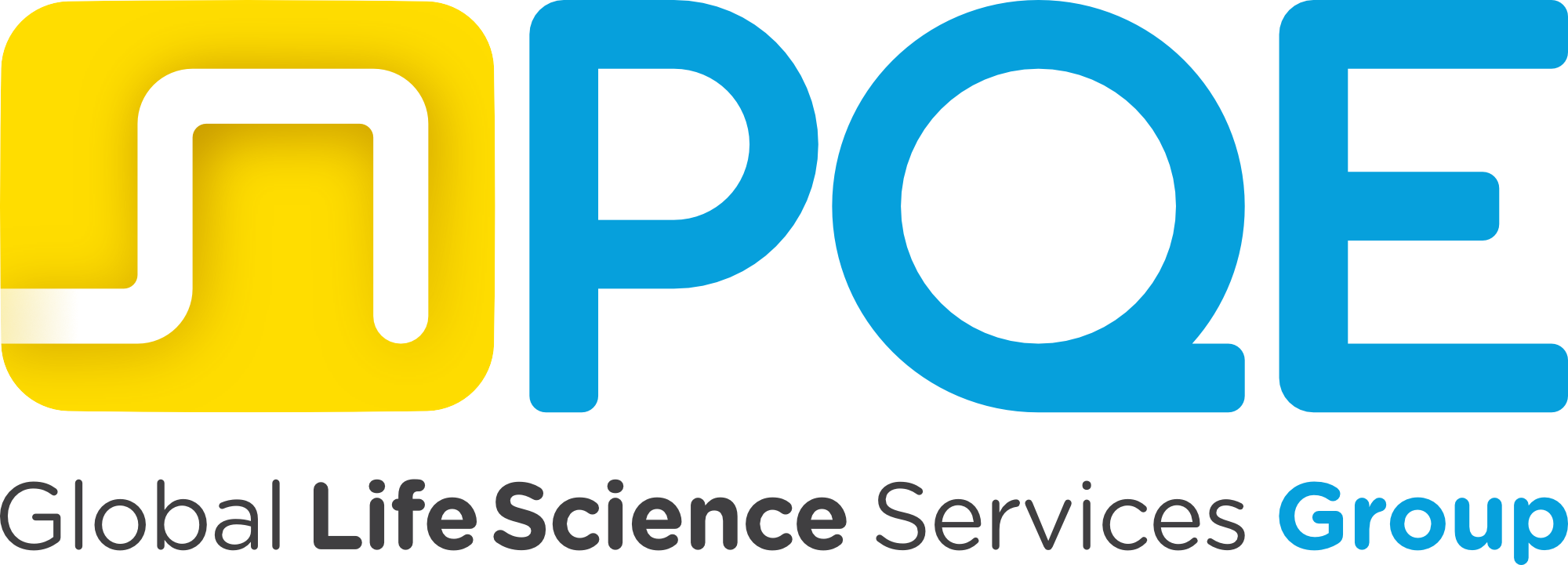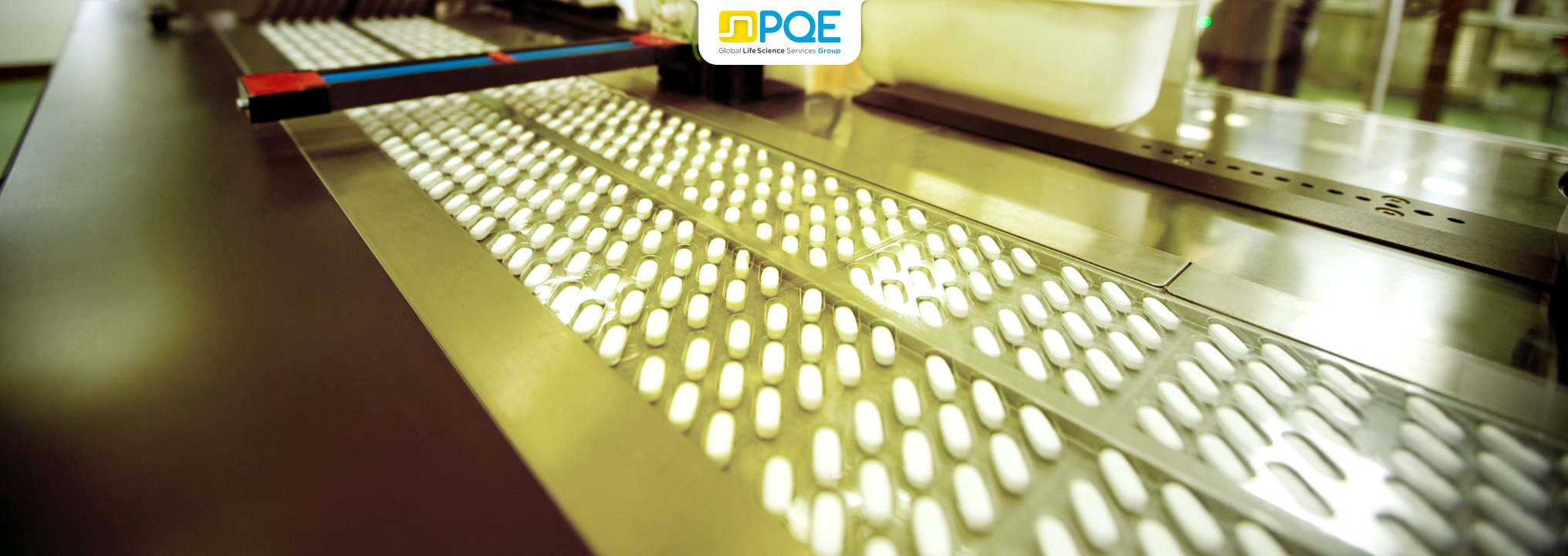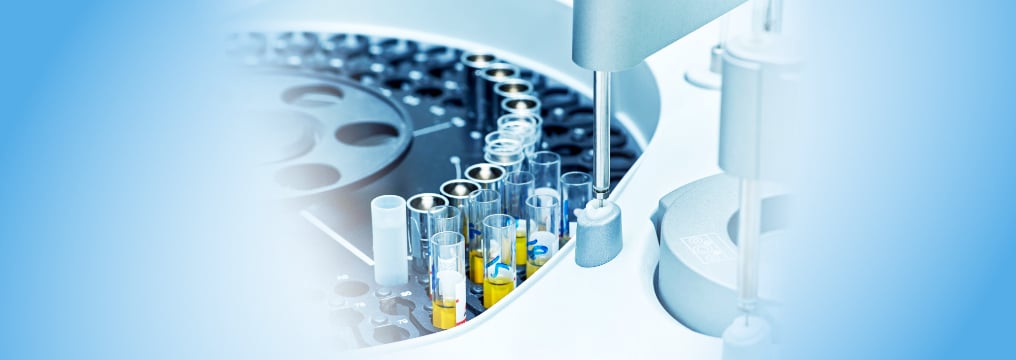Despite these impressive strides in manufacturing technology, equipment qualification and validation has always remained and will continue to be a top priority for the industry to ensure that equipment function as intended, producing compliant, high-quality results in line with regulatory standards. Regardless of the sector, inconsistencies and equipment failures in any domain of the life sciences can have serious repercussions, such as compromised product integrity, delays in production, costly regulatory setbacks, and, even worse, harm to human or animal health.
To deter these instances from occurring, pharmaceutical companies should prioritize rigorous equipment qualification and validation to mitigate risks and ensure all the equipment currently in use is performing at its peak and checks all the boxes on the regulatory compliance checklist.
Equipment Qualification vs Validation
Contrary to common understanding, although qualification is a part of validation, equipment validation and qualification are distinct processes, each with its own definition and scope.
According EU GMP:
- Qualification is the action of proving that any equipment works correctly and actually leads to the expected results
- Validation is the action of proving, in accordance with the principles of Good Manufacturing Practice, that any procedure, process, equipment, material, activity or system actually leads to the expected results. The word validation is sometimes widened to incorporate the concept of qualification
So in order to say that an equipment is in validated status, it first of all has to go through the qualification phase. Hence the term qualification is often included in validation.
Both equipment validation and qualification play a key role in pharma manufacturing and related industries by establishing a reliable basis for production that minimizes the risk of non-compliance for manufacturers and ensures patients' health is safeguarded through the consistent production of high-quality products.
It is a GMP requirement that manufacturers control the critical aspects of their particular operations through qualification and validation over the life cycle of the product and process. According to these regulations, Annex 15 of GMP and the ISPE Baseline® Guide: Volume 5, equipment qualification is the process of ensuring that installed equipment is operating and performing as intended use.
Qualification activities should consider all stages from initial development of the user requirements specification through to the end of use of the equipment and can be divided into four key phases: Design Qualification (DQ), Installation Qualification (IQ), Operational Qualification (OQ), and Performance Qualification (PQ), without losing perspective of the importance of the FAT SAT, which will be discussed later.
- Design Qualification (DQ) Phase:
As the first phase in the qualification process, this stage ensures that equipment is designed to meet all required specifications and regulatory standards by inspecting all aspects of the equipment and confirming that the design aligns with its intended purpose, safety requirements, and compliance with applicable regulations.
- Installation Qualification (IQ) Phase:
At this phase, all equipment installations are verified to ensure everything is intact, installed properly according to the manufacturer’s specifications, and ready for use.
- Operational Qualification (OQ) Phase:
During this phase, the equipment is checked to see if it is operating as intended under normal circumstances by conducting a series of tests against predefined criteria to ensure it is working efficiently and reliably during typical operations.
- Performance Qualification (PQ) Phase:
This final phase acts as a confirmation that the equipment is working consistently, performing well, and operating within the specified production parameters. In addition to ensuring the equipment is delivering reliable results, it also verifies that it maintains product quality and complies with regulatory standards during normal production conditions.
PQ should normally follow the successful completion of IQ and OQ. However, it may in some cases be appropriate to perform it in conjunction with OQ or Process Validation
If, on the other hand, we are talking about the equipment validation, we are talking about verifying the reproducibility of their results either on their own or within a production process, which then we will talk about process validation and equipment validation will be included within that validation. Process validation as can be defined as documented evidence that the process, operated within established parameters, can perform effectively and reproducibly to produce a medicinal product meeting its predetermined specifications and quality attributes (ICH Q7).
The equipment validation should stablish that the critical process parameters that have been verified in each qualification step, which are considered important for ensuring the validated state and acceptable product quality, can be consistently met by the process.
- FAT and SAT as Key Components of Equipment Qualification:
Factory Acceptance Test (FAT) and Site Acceptance Test (SAT) are two key phases in the equipment manufacturing and commissioning processes, playing a vital role in highly regulated sectors such as pharmaceuticals, medical devices, and clinical manufacturing. These tests, which are key components of the qualification lifecycle and must be included in the Validation Master Plan (VMP) from the outset, are designed to verify that the equipment meets both customer and regulatory requirements. While FAT is conducted at the manufacturer’s site to ensure the equipment meets customer and regulatory requirements before shipment, SAT, on the other hand, is performed at the installation site to confirm the equipment is functioning properly and to check for any damage that might have occurred during transportation.
What makes these qualification step effective and key pillars of equipment qualification is that they help identify issues early and save time and costs by ensuring everything is in order before installation even begins. This proactive approach streamlines the entire process by providing documented activities to support future qualification steps like IQ and OQ, which reduces redundancy and saves even more time. Despite FAT being more detailed and complex compared to SAT, both play important roles in the equipment validation and qualification journey. One should not be chosen over the other, as they are complementary in nature and more effective when conducted together.
When Equipment Qualification and Validation Are Needed
Equipment validation and qualification become necessary at various critical stages throughout a manufacturing facility's operational lifecycle, as required by regulatory bodies such as the FDA in the US and EMA in the European Union. As highlighted earlier, a comprehensive qualification and validation process must be conducted when new equipment is acquired to ensure it meets the demands of the operations and produces high-quality output. Thus, we can say that one of the common phases where equipment qualification and validation are conducted is when new manufacturing equipment and machinery are purchased. As the new equipment is used and goes through wear and tear, the manufacturer might decide to upgrade the existing equipment to revive its capacity and ensure it works at its full potential.
While this upgrade is not a new purchase, regulations dictate that the equipment undergoes significant inspection and revalidation to verify that these alterations, whether hardware or software, do not compromise product quality or safety. The same applies to any maintenance and repairs, which might seem unnecessary at first glance but could cause safety and quality issues, thereby compromising drugs, medical devices, and healthcare products relied upon by patients to improve their health.
Changes to manufacturing processes or product formulations represent another scenario where equipment validation is required, as alterations in raw materials and manufacturing procedures may interact differently with existing equipment and trigger a different response in its function, potentially affecting product quality. The frequency and scope of validation activities in life sciences should follow a risk-based approach in accordance with Annex 15 of EU GMP and the ISPE Baseline® Guide to ensure equipment critical to product quality and patient safety is consistently validated to remain regulatory compliant throughout its lifecycle.
Why Equipment Qualification and Validation Are Important
"It is a GMP requirement that manufacturers control the critical aspects of their particular operations through qualification and validation over the life cycle of the product and process.”
Annex 15 of EU GMP and the ISPE Baseline® Guide: Volume 5 both frame equipment qualification and validation as the cornerstone of life sciences manufacturing excellence, providing manufacturers with documented evidence that confirms the proper functioning of systems, equipment, and processes critical to the production of high-quality pharmaceuticals, medical devices, biologics, and other healthcare products. Beyond just being mere regulatory practices equipment validation and qualification create the framework for ongoing process verification and continuous improvement by generating data that can be used as reference for future performance, making future operations more reliable and efficient. Annex 15 specifically highlights this connection between initial qualification and ongoing process verification, establishing qualification as not merely a point-in-time activity but the beginning of a product and process lifecycle approach to manufacturing.
This lifecycle perspective ensures that equipment and processes maintain their validated state throughout their operational life, protecting patients from the risks associated with process drift and equipment deterioration. What makes proper qualification and validation a worthy investment of time and resources beyond overall compliance is the comfort and satisfaction of knowing that that your products consistently meet the highest safety and quality standards and your patients are not exposed to any risk. This makes qualification a useful risk management tool that systematically identifies and mitigates potential failure modes before they impact production, as explained by the ISPE Guide.
By verifying that equipment functions as intended across the entire production process and its lifetime, manufacturers are not just fulfilling their roles in ensuring patient safety and upholding quality in manufacturing by adhering to good manufacturing practices; they are also avoiding costly repercussions such as inconsistent batches, which could compromise therapeutic efficacy, introduce safety concerns, and lead to callbacks, as well as public and regulatory authority scrutiny, which comes with hefty penalties and potential irreparable damage to the brand.
Equipment Validation Guidelines
There is no magical formula when it comes to equipment validation, but with the right steps and recommended practices, you can ensure your equipment meets the required standards and your healthcare products are safe and of the highest quality. To get started on your validation journey, the first thing we recommend is drafting a solid validation plan that clearly outlines the scope, objectives, approach, and identifies critical equipment parameters, acceptance criteria, and protocols. Just like with any plan, time is of great importance, and secondary to having a plan, having a timeline for the execution of this plan plays a big role in the realization of your validation goals.
Coupled with a timeline, risk assessment, and team responsibilities, it is also crucial to have a clear framework for the entire process, which will allow you to maintain focus and ensure that every step aligns with regulatory requirements and organizational standards. Another key element to a successful equipment validation strategy is maintaining accurate and up-to-date documentation that contains all validation activities, including test procedures, results, deviations, and corrective actions, not only for compliance purposes but also for regulatory inspection readiness and future validation efforts.
While it's not a must, cross-collaboration between your key functional teams, such as quality assurance, engineering, production, and regulatory affairs, can bring even better results by leveraging diverse expertise to identify potential issues and ensure smoother execution. Even better, partnering with a trusted and reliable validation and qualification team such as PQE Group’s experts will not just streamline the entire process, it will help you achieve compliance more efficiently and quickly, allowing you to focus on your business without the stress of becoming bogged down by regulatory complexities and operational hurdles.





